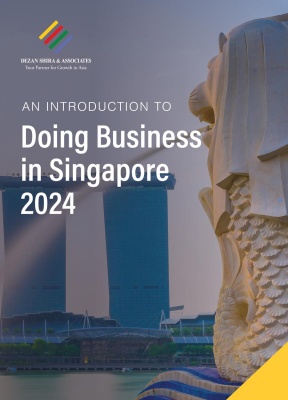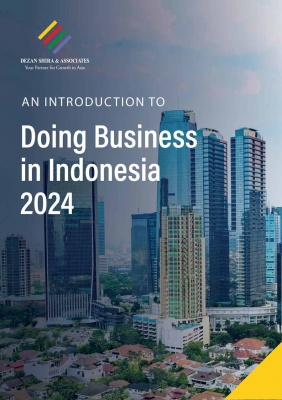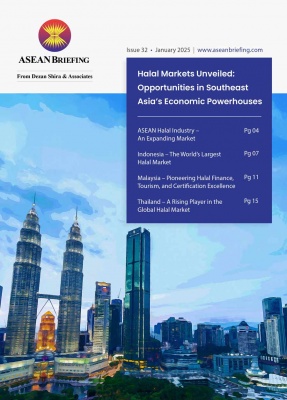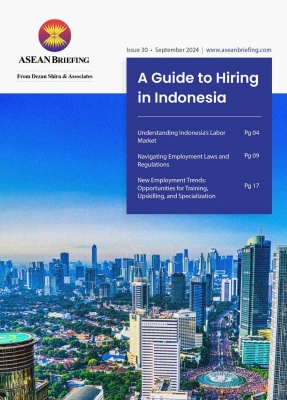Growth in Indonesia’s Tourism Sector Outpaces Other G20 Members
 The economic growth of Indonesia’s tourism sector outpaced that of the other G20 nations in 2013, according to the World Travel & Tourism Council’s (WTTC) Travel and Tourism: Economic Impact 2014 Report. The travel and tourism sector’s contribution to Indonesia’s GDP rose by 8.4 percent, driven by increases in both domestic and foreign travel and tourism.
The economic growth of Indonesia’s tourism sector outpaced that of the other G20 nations in 2013, according to the World Travel & Tourism Council’s (WTTC) Travel and Tourism: Economic Impact 2014 Report. The travel and tourism sector’s contribution to Indonesia’s GDP rose by 8.4 percent, driven by increases in both domestic and foreign travel and tourism.
Data from the Central Statistics Agency showed that, last year, Indonesia welcomed 8.8 million foreign visitors, up 9.4 percent from its 2012 figure. Travel and tourism spending amounted to US$10.28 billion, and growth of 15 percent was seen in international visitor spending while domestic travel spending witnessed a 7 percent growth. In all, the travel and tourism sector contributed US$74 billion (including indirect and induced contributions) to the nation’s economy, making up 9.2 percent of GDP.
The Ministry of Tourism and Creative Economy has targeted a 6 to 8 percent increase in foreign tourist numbers of 9.3 to 9.5 million for 2014, as the government moves to further promote and develop infrastructure and facilities at 16 priority tourist destinations in the archipelago. Earlier this month, the Ministry announced plans to develop over 500 tourism villages across 19 provinces this year, with the aim of helping visitors learn about traditional Indonesian life in these villages.
RELATED: Vietnam Tourism on the Rise
“Indonesia is expanding its economy rapidly and, as a result, the burgeoning middle class is travelling for business and leisure. The country is also experiencing an expansion in international visitors bringing valuable export income to the country, partly encouraged by the devaluation of the Indonesian rupiah against the U.S. dollar. As the country moves from agriculture to a service-based economy, Travel & Tourism is increasing and the economy overall is reaping the rewards,” explained David Scowsill, President and CEO of WTTC.
Once ASEAN’s common visa program, which is part of the wider ASEAN Economic Community (AEC) initiative, is implemented at the end of December 2015, it is expected that Indonesia will see a further surge in foreign visitors. The common visa program will grant visitors the right to enter any ASEAN country with just a single permit, making it easier for tourists to travel to Indonesia.
Indonesia’s Tourism and Creative Economy Minister, Mari Elka Pangestu, estimated that Indonesia could achieve tourism growth of over 10 percent after the program comes into effect, even though Indonesia’s present visa policy is not very strict.
As of 2014, nationals from over 60 countries are eligible for tourist visas-on-arrival (VOAs), while visa-free entry for short stays is available to nationals from 15 states. All nationals from ASEAN member states can enter Indonesia visa-free, while countries eligible for VOAs include the U.S., Canada, Australia and most of the EU, as well as China, India, South Korea and Japan. It may be anticipated though, that the common visa program would encourage more tourists to enter the ASEAN region, as some potential visitors could currently be put off by the more stringent and costly visa policies of other ASEAN countries.
RELATED: ASEAN Moves to Expand Tourism
According to the World Tourism Organization (WTO), ASEAN experienced the highest growth of any region in the period between 2005 and 2013, averaging an 8.3 percent increase in the number of tourists each year. This far exceeded the global growth in tourists, which reached only 3.6 percent.
Most of the tourism in the ASEAN region came from within the ASEAN nations and neighboring Asian countries China, Japan, South Korea and India.
You can stay up to date with the latest business and investment trends across Asia by subscribing to Asia Briefing’s complimentary update service featuring news, commentary, guides, and multimedia resources.
Related Reading
 Work Visa and Permit Procedures Across Asia
Work Visa and Permit Procedures Across Asia
In this edition of Asia Briefing Magazine, we outline the specific documents required for foreign nationals working in China, India, Indonesia, Malaysia, Philippines, Singapore, Thailand and Vietnam, as well as highlight the relevant application processes in each of these countries.
Chinese Outbound Tourist Numbers To Double By 2020
























